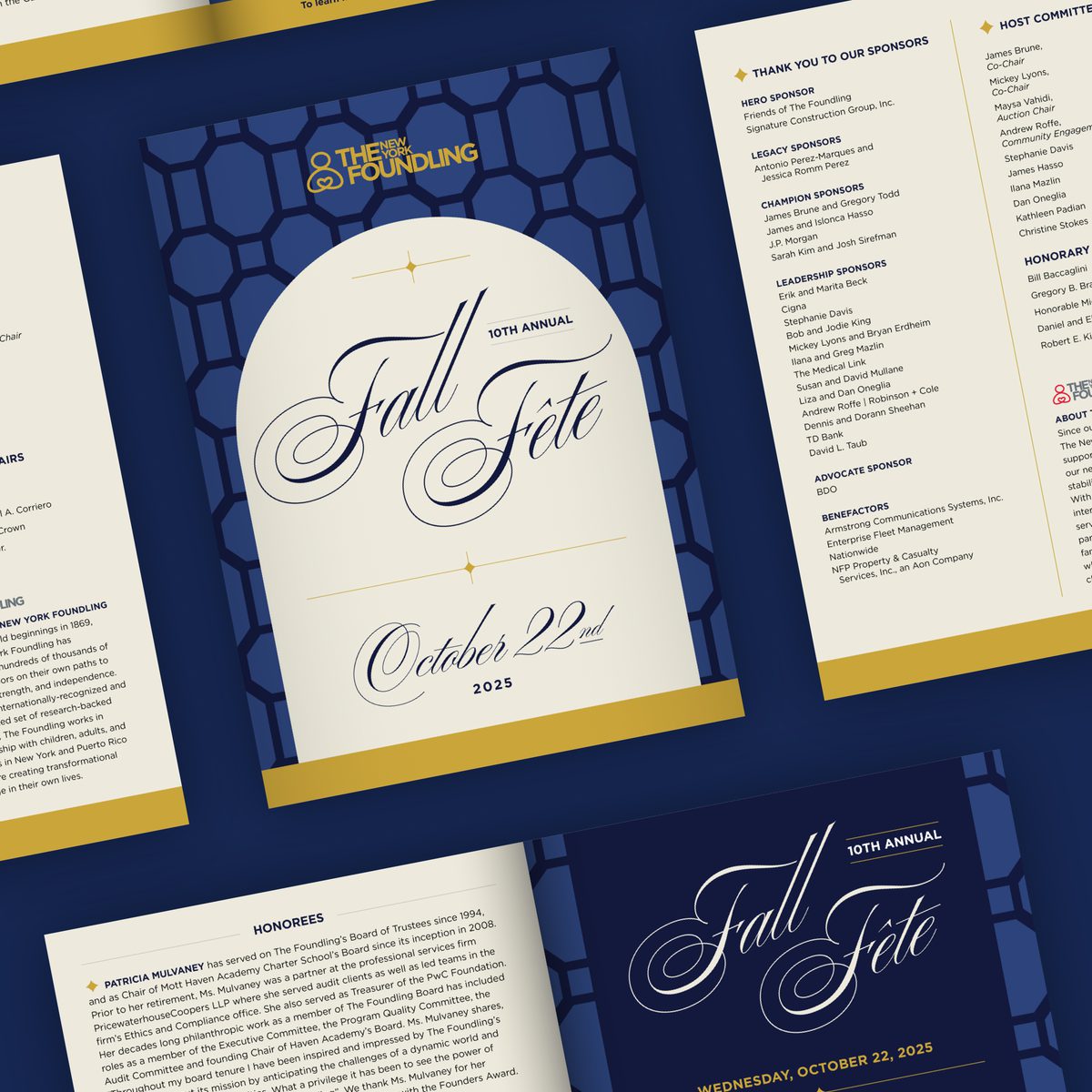- Expand Your Marketing and Outreach

- Expand Your Marketing and Outreach
Everyday search engine optimization (SEO) tips for content publishers
Want to increase the chances of your published pages showing up in Google, Bing, and other search engines? The practice of making these improvements is known as Search Engine Optimization, or SEO for short.
We've put together a collection of everyday SEO tips for content publishers. From choosing the right keywords to optimizing your meta descriptions, each step is crucial for improving your online presence. If you found our previous guide on accessibility tips helpful, you'll find this one equally valuable. We'll walk you through the essentials, so you can focus on what you do best—creating quality content that resonates with your audience. Let's dive in.
Download Our SEO for content publishers tip sheet
Keywords/Phrases
Imagine keywords as the main ideas or topics you talk about in your content. They are the words or phrases that people are most likely to type into a search engine when looking for information on that subject. If you write about baking, for instance, keywords might be “chocolate cake recipe,” “gluten-free bread,” or “how to make muffins.”
When you’re thinking about keywords, just focus on what your audience might search for. What questions might they have? What are they interested in? Use your expertise in the subject matter to guide your choices.
- Before writing, identify your single primary and 2-3 secondary keywords.
- As you write, include them in the copy as appropriate, in particular in headers. Don’t overdo it as that can impact the quality of your writing.
Optimized Page Titles
- Keep titles between 50-60 characters.
- Include your primary keyword closer to the beginning.
- IMPORTANT - Your content management system (CMS) may add your organization name as a prefix or suffix to your title. This also counts against your 50-60 characters. Keep this in mind if your site does do this and consider your title carefully. For example, you may not need to repeat the organization name in your page/ entry title.
Meta Descriptions
A meta description is content that search engines often include as part of the the search result under the title of the page. It is a very brief summary of the page or hook to inspire a click to read that works in concert with the title.
- Write compelling descriptions within 150-160 characters.
- Incorporate the primary keyword(s).
- For Minds On Design Lab site builds, we often map a summary/teaser field of an entry to the Meta Description field. This helps your save a little time by repurposing similar content. Your site’s CMS might be set up for something similar.
Optimize URLs (your slug)
The “slug” is the part of the page URL that is unique to the page. Many CMSs will create a slug automatically for new entries. They build the slug from the title you enter with a “-” between each word. This will include a lot of potential “filler” words like “the”, “to”, “a”, ... Feel free to revise the slug when creating your entries to make the URLs shorter and more concise.
- Use clear, concise URLs.
- Include the primary keyword and avoid unnecessary characters.
- Slugs must be unique. If you use a slug that has already been used, CMSs often will append a number to the end to make it unique. You might want to revise further to make your slug more unique and human.
- IMPORTANT - Once you have published a page/entry you don’t want to make a lot of changes to the slug. Changing a slug might mean a search engine’s link gets out of date and gives an error, which is a ding on you. Search engines update in time, but not in real time. There are good reasons though to change a slug on a rare occasion. When you do change a slug of a published entry, make sure a redirect rule from the old URL to the new one is setup. Minds On Design Lab use a plugin called Retour for Craft CMS that helps automatically create redirects when slugs change.
Header Tags
- Structure content using H1, H2, and H3 tags.
- H1 is generally reserved for your entry/page title.
- H2 should be used as the subheadings in your content. H3s can be added “within” an H2, as appropriate. It is critical you use these in a hierarchy that conveys meaning. Do not think about design at all; think about using these in an outline-like format showing relationships between sections of the page.
- H1: Your first month with your new puppy
- H2: Feeding your puppy
- H3: Times of day
- H3: Recommended food brands
Image Optimization
- Use descriptive file names (e.g., “landscape_pond_lillies.jpg” not “IMG001.jpg”).
- Add alt-text to images describing their content. Alt text is important for SEO and accessibility. It should describe the meaning and feeling the image is seeking to express to someone who cannot see the image.
- Consider sizing and saving images to be as small as possible, while maintaining quality. This helps ensure the images are optimized for performance and responsiveness appropriately. In Minds On Design Lab site builds, we automate the optimization of images added to content to save time.
Internal Linking
- In your page content, link to other relevant content/pages within your website.
- Use descriptive anchor text (the clickable text in a hyperlink). Don’t use “Click Here”!
Quality Content
- Write for your audience first, search engines second.
- Regularly update and expand upon your content. Keep your pages relevant and valuable over time.
- REMEMBER - SEO is an ongoing process, not a one-time task. Regularly review and adjust your strategy based on analytics and changing industry trends.
Download this resource
More Articles
- Expand Your Marketing and Outreach
A thoughtful approach to nonprofit event branding
- Expand Your Marketing and Outreach
Expert-backed tips to boost donations through your website
Mightier Newsletter
Join our community of nonprofiteers and the partners that support them. Our monthly newsletter includes resources with small and mighty teams in the social sector in mind – sharing tips to help with content creation, website use, marketing, and more.
SubscribeBrought to you by MOD-Lab
At MOD-Lab, we're the thoughtful design partner for small teams like yours doing big things in the social sector. We create memorable branding, design materials, and websites that showcase the quality of your work and reflect your true impact.


